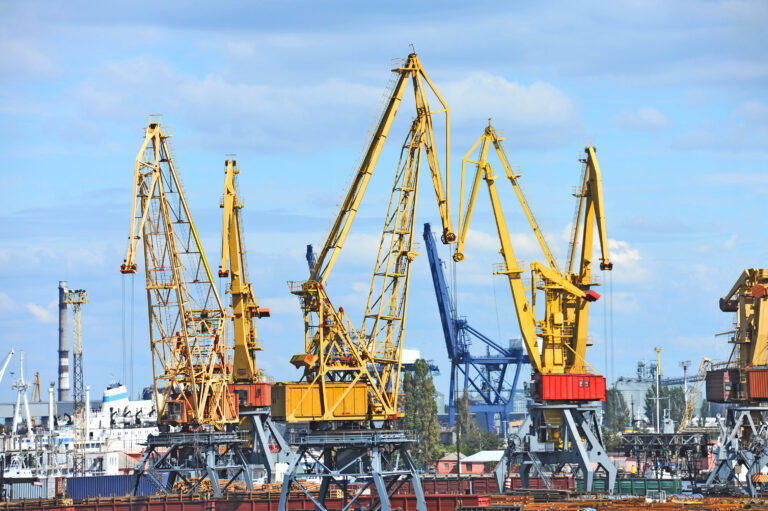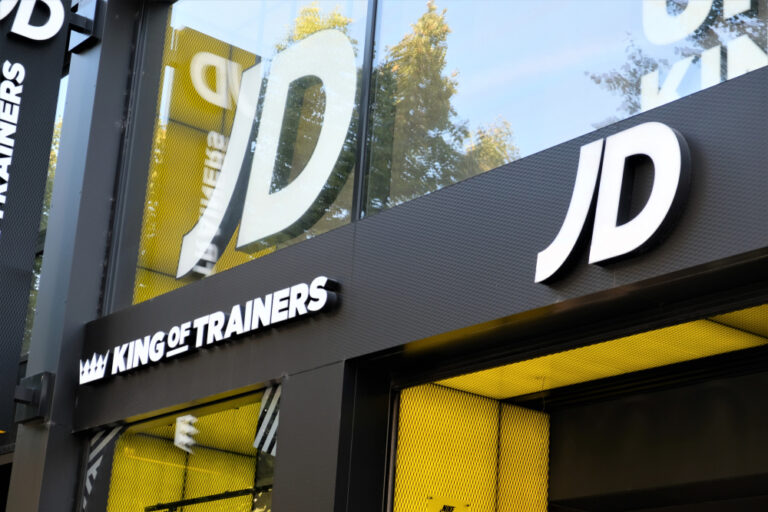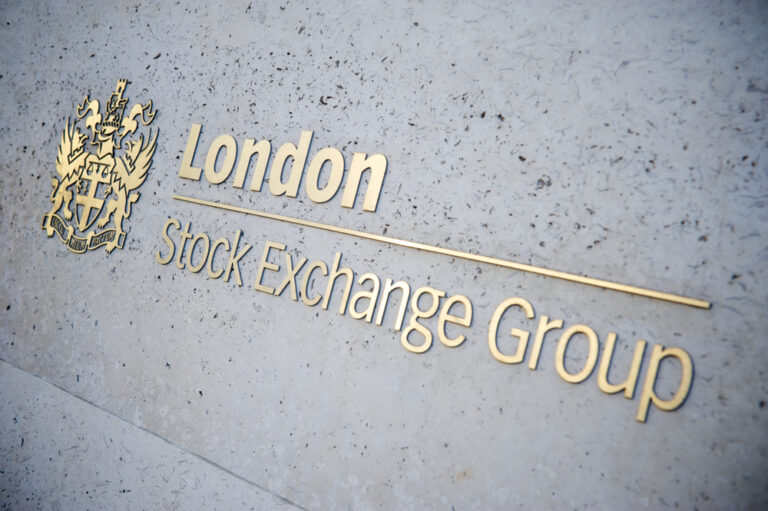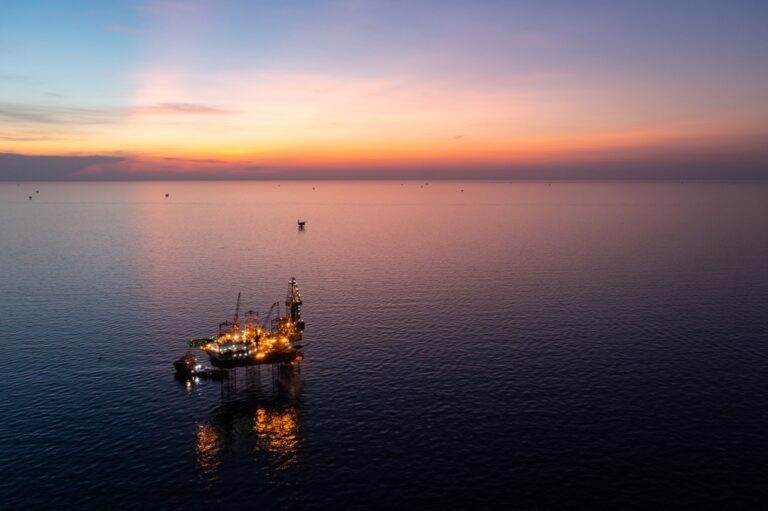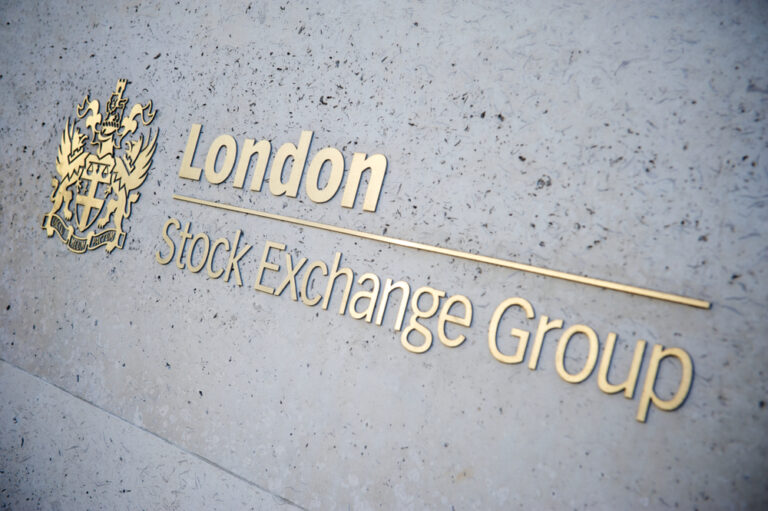The FTSE 100 rose on Monday as investors geared up for a busy week of US trade announcements around a soft deadline of 9th July.
If the volatility following the initial trade announcements is any indication of how this week could unfold, we could be in for a rollercoaster as the deadline on July 9th approaches. Or could we?
Markets are showing signs of ambivalence towards recent trade war updates with the TACO trade (Trump always chickens out) driving equities, and deadlines morphing into preliminary deadlines with action set to come into force at a later date. There’s a sense that Trump’s deadlines and social media outbursts represent unconventional negotiation tactics that will result in tariffs far less damaging than first feared in April.
“Countries and regions are bracing themselves for trade letters from the US as the Trump administration moves to the next phase of its tariff regime,” said Dan Coatsworth, investment analyst at AJ Bell.
“Trump might be treating it in the same way as a final notice letter – get your act together and agree to a deal or be put back on the higher tariff rates outlined in the Liberation Day announcement.
“We now have some clarity on how the system will work. Rather than a hard deadline of 9 July where all countries without a trade deal will revert to the higher rates announced on 2 April, the new tariff regime begins on 1 August. More countries are expected to confirm trade deals in the coming days, and extensions are possible beyond the 9 July hurdle for countries where negotiations are deemed to be going well.”
London’s leading index showed little sign of concern on Monday. The FTSE 100 was 0.15% higher at the time of writing after recovering early losses and shaking off a poor session for Shell.
The UK’s premier fossil fuel producer by market cap released its earnings teaser on Monday and gave investors little reason for cheer.
“Shell’s latest quarterly results teaser has created trepidation that the numbers will be a dud,” Coatsworth said.
“The company has cut the upper limit on its guidance for second-quarter gas and LNG output and downwardly revised expectations for its trading division. Shell will be announcing its upcoming earnings amid considerable volatility in the energy market and the wider global economy.”
Shell shares were down 2.7% at the time of writing. BP fell 1.6% in sympathy.
There was minor positivity in housebuilding shares on Monday, following a terrible week for the sector. New data from Halifax, released on Monday, confirmed Nationwide’s recent assessment of slowing price growth. However, Halifax offered some encouragement in the form of increased transactions and mortgage approvals, which could lead to higher prices as the year progresses.
“The UK housing market is stalling but there are signs that green shoots could spring up again in the months to come,” explained Susannah Streeter head of money and markets, Hargreaves Lansdown.
“The closely watched Halifax house price index showed an increase of 2.5% year on year in June, the lowest rate in eleven months. However, the building society has flagged that mortgage approvals and property transactions are picking up and more buyers are returning to the market. Given that more interest rate cuts are expected this year, wages are still rising ahead of inflation and unemployment remains relatively low, there are firmer foundations in place.”
Taylor Wimpey and Barratt Developments were higher by less than 1% at the time of writing. Persimmon was down around 0.5%.
3i Group was the FTSE 100 top riser, gaining 2.2%.


